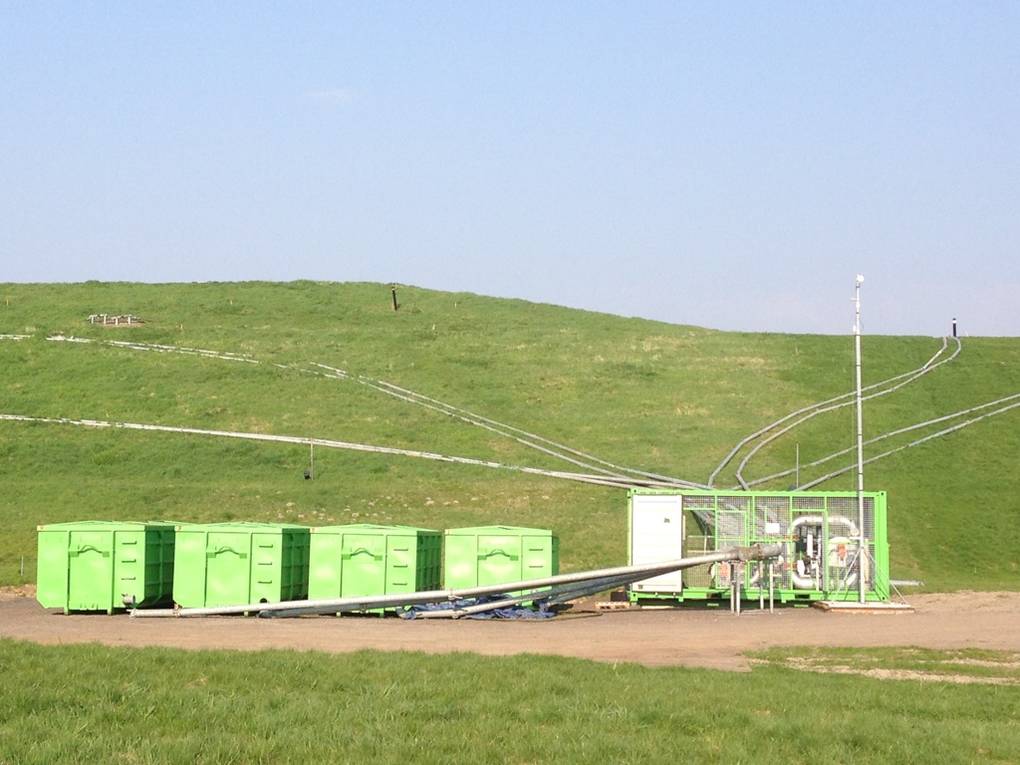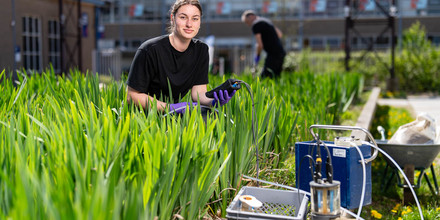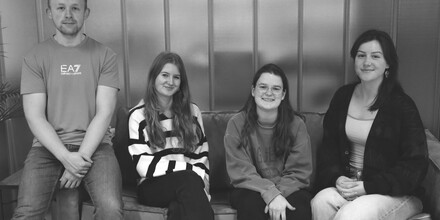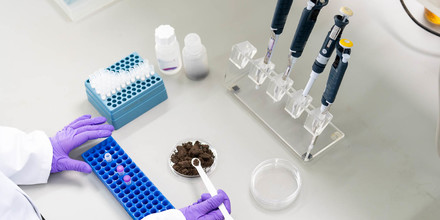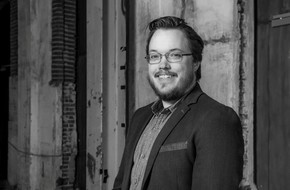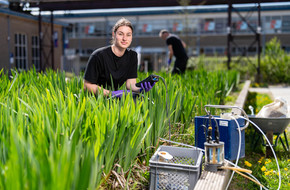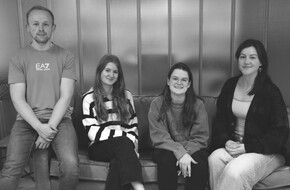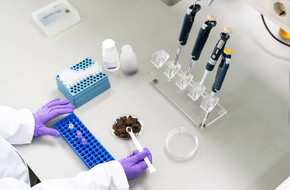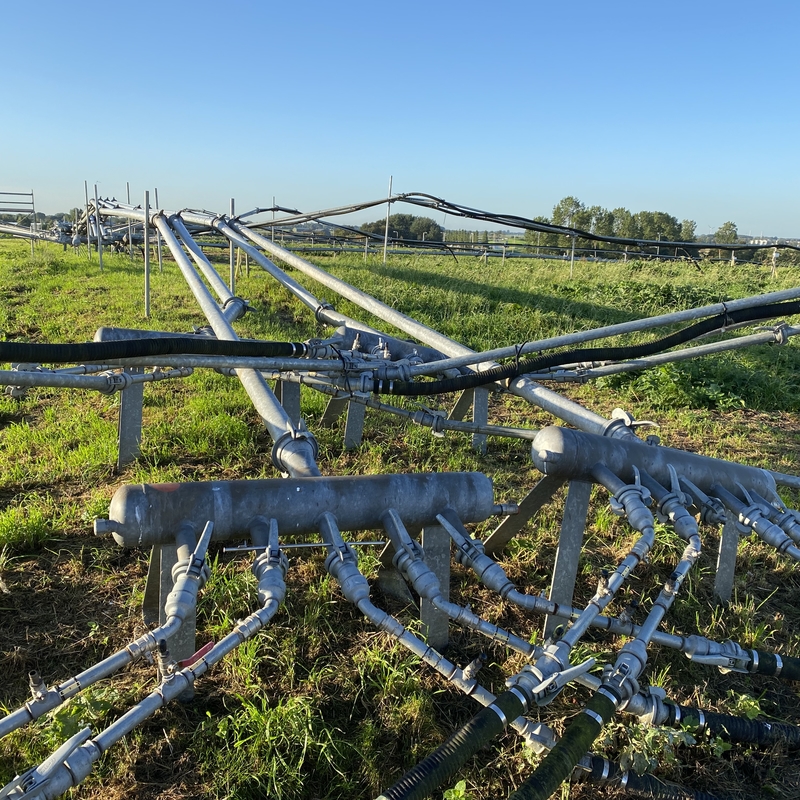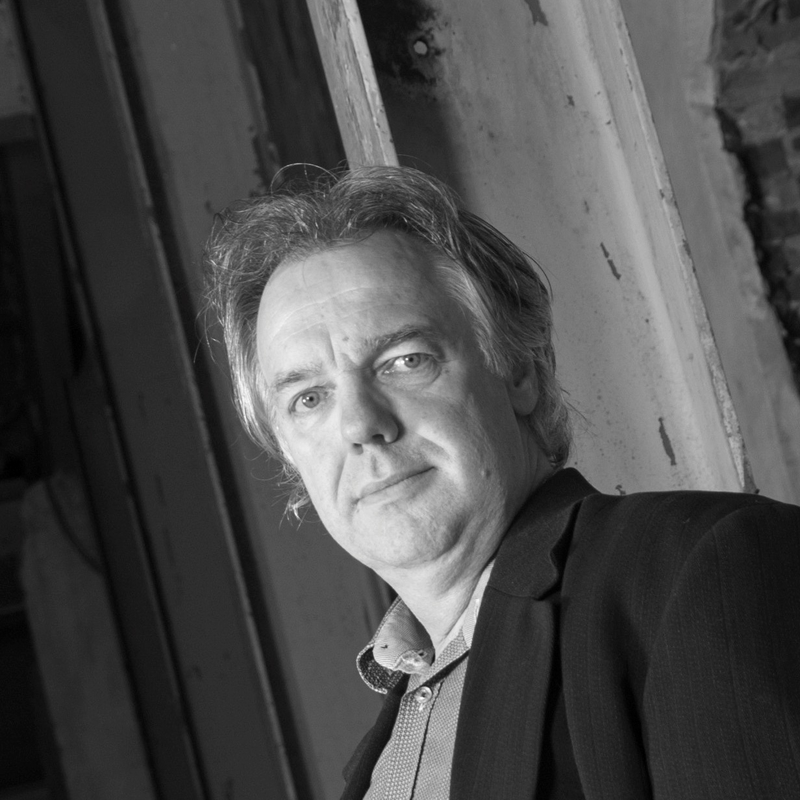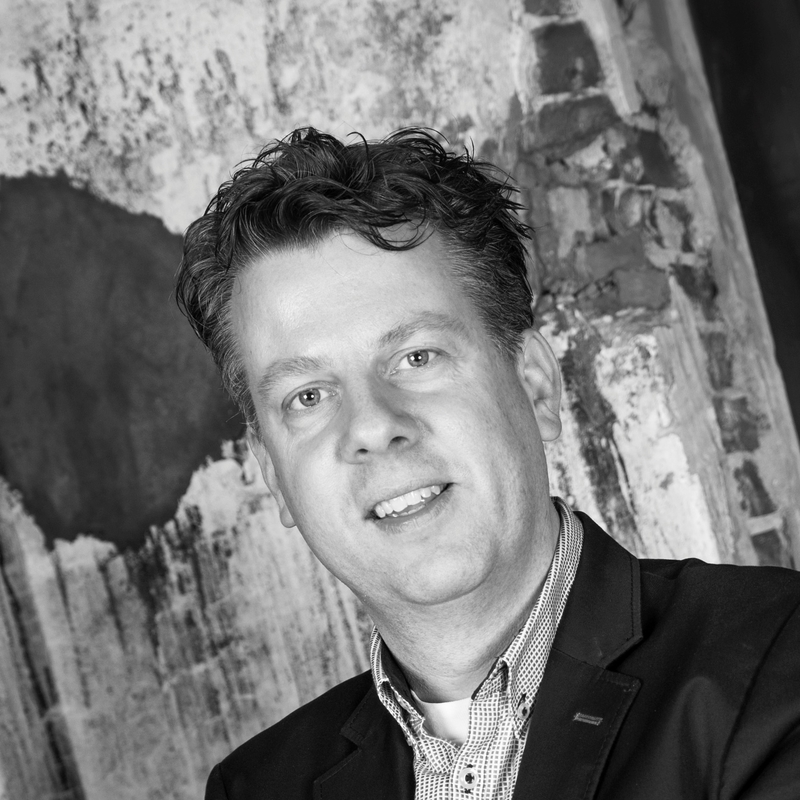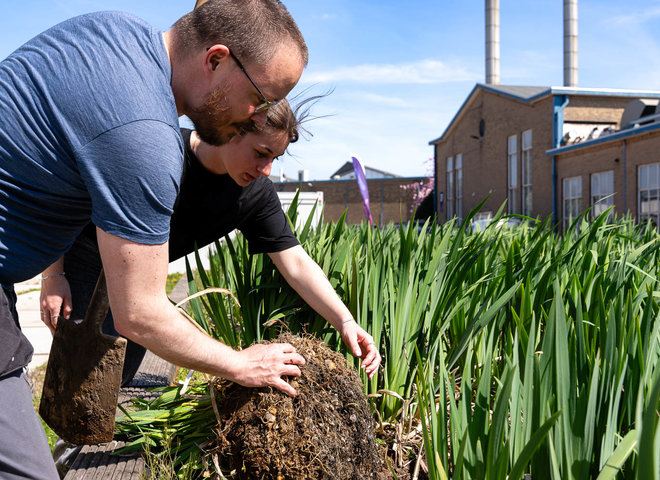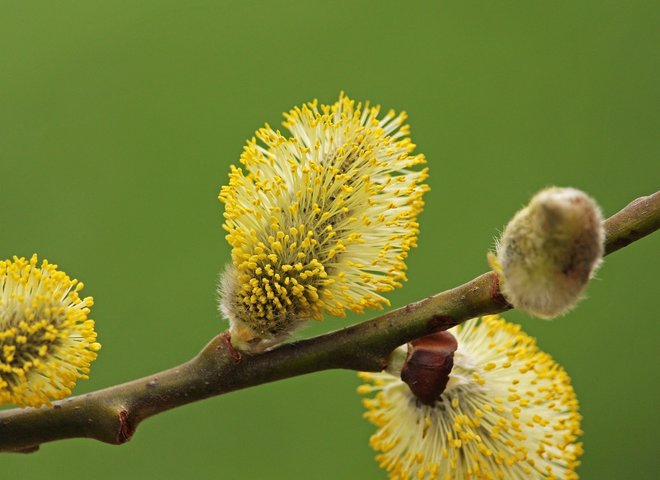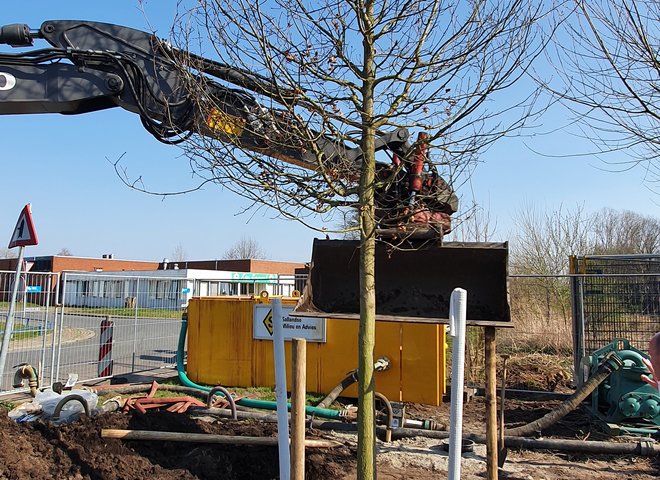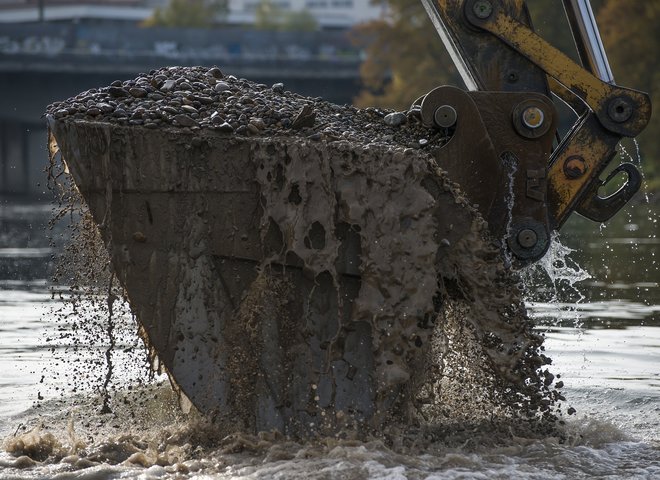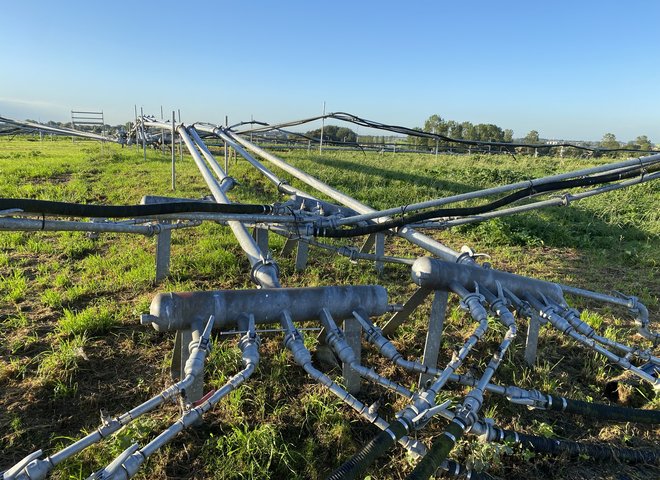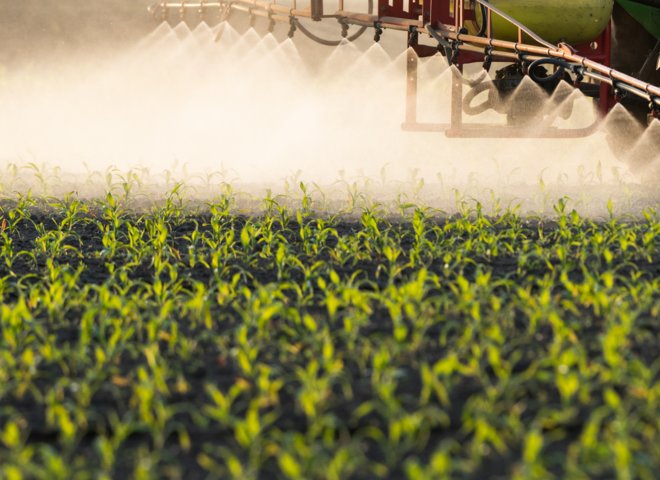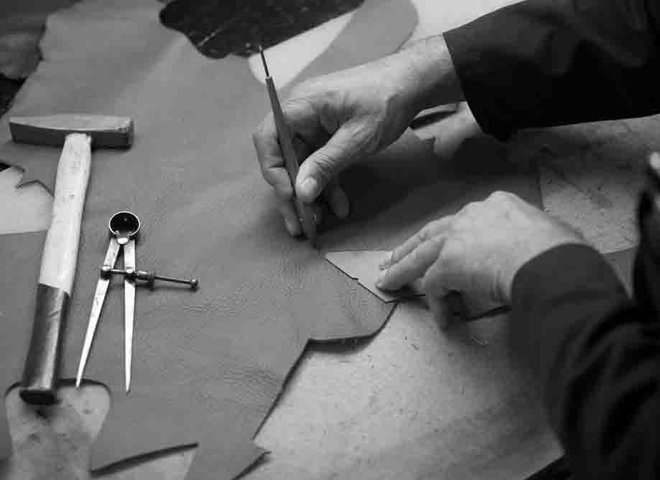Based on our years of soil remediation expertise and experience with large integrated projects such as the POP-UP project (on emerging substances) Bioclear earth was asked to prepare an independent interim evaluation based on the large amount of data, recorded in partial reports, in combination with all previously made agreements. The client needed an overview and insight into the state of affairs, as well as a critical view from a party that was not involved in the experiments. The main question was: is it clear at this stage whether the experiment has a chance of success or not? Are adjustments needed in the process, are all agreements being respected and are any new agreements necessary?
“We deliberately looked for a party outside the circle of experts who are closely involved in the experiment. We ended up working with Bioclear earth. That worked out great: they handled our request very well. Their findings quickly led to improvements in our working methods. For example: much more was done than was documented in the progress reports. This has been changed immediately. The feedback from Bioclear earth resulted in an overall quality improvement.”
Geert Jan ten Napel, Chairman of the iDS Project Group
